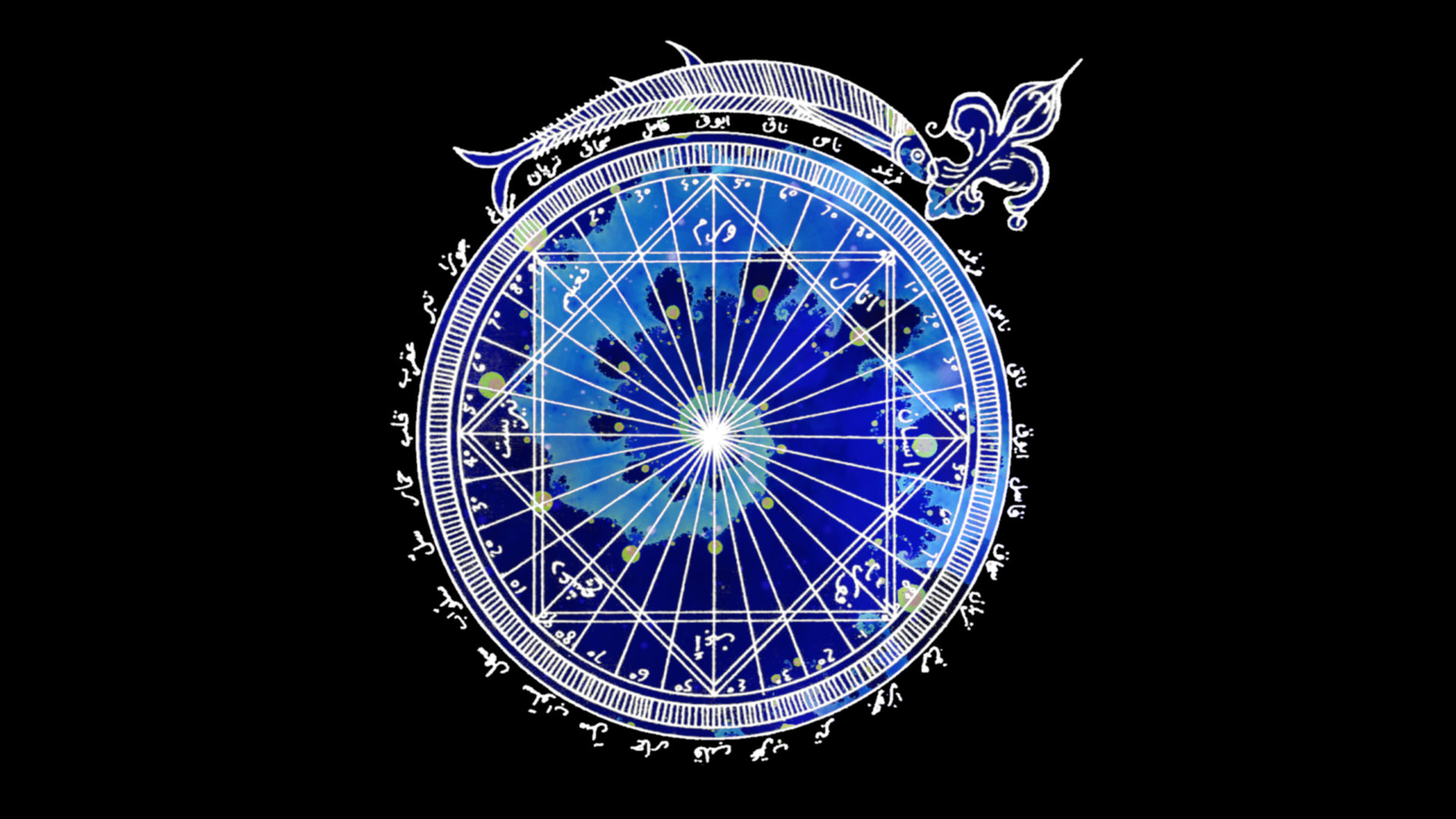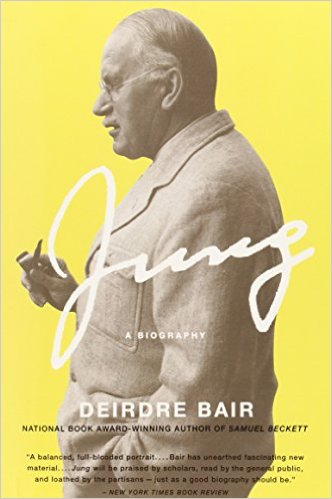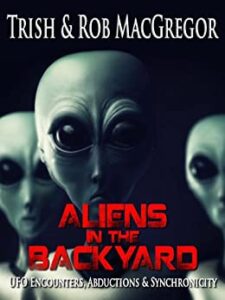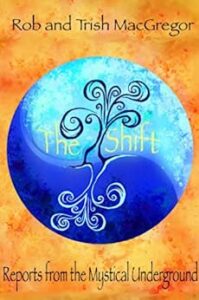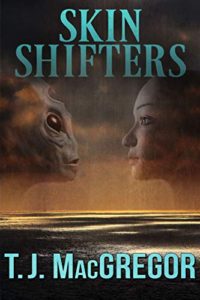
This is an older post, form March, but it still intrigues me. Precognition through creativity.
Science fiction writers have a long tradition of envisioning the future and its technology that later becomes scientific fact.
Take Jules Verne. In his 1870 novel, 20,000 Leagues Under the Sea, he imagined an underwater ship powered by electricity. American inventor Simon Lake was inspired by the novel and invented his own submarine, the Argonaut, in 1888.
Verne’s novel, From the Earth to the Moon, published in 1865, described the details of a space capsule that in 1969 sent astronauts to the moon – the Apollo 11. He stipulated how long the flight would last, that it would be launched from Florida, and its splashdown in the ocean. He also described light-propelled spacecraft now known as solar sails. And keep in mind that Verne was living in the time of the Civil War.
Verne isn’t unique. Throughout history, numerous examples exist of how writers, artists, movie makers, and others in creative professions depicted inventions and details about future events that they realistically had no way of knowing. But Verne, as a science fiction writer, holds one of the top prizes in this regard.
Edward Bellamy is probably best known for his 1888 Looking Backward, a utopian novel set in Boston in 2000. In the story, the U.S. is a socialist country that exists in a spirit of cooperation and brotherhood – not exactly what life is like in the 21st century! However, the people in his utopia carry cards that allow them to make purchases without cash. Sounds a lot like a debit card!
Robert Heinlein’s most famous novel was probably Stranger in a Strange Land. But like many writers, he started out writing short stories. In 1941, he published Solution Unsatisfactory in Astounding Science Fiction, about a future world where the U.S. develops an atomic weapon that ends WWII. This event launches a nuclear arms race. The story was written before the U.S. entered WWII and five years before the bombing of Hiroshima and Nagasaki.
When Ray Bradbury wrote Fahrenheit 451 in 1953, portable headphones already existed, but they were huge, ugly, and weighed a lot. He described “little seashells…thimble radios…” that fit in a person’s ears. Sounds a lot like earbuds, right? And they didn’t come into wide use until 2000.
Then there’s the 1969 novel Stand on Zanzibar by John Brunner. It takes place in 2010, a man named Obami is president, terrorist attacks and school shootings are rampant, cell phone video chats are a favorite way to communicate, cars are powered by rechargeable electric fuel cells. People are skipping marriage in favor of short-term hookups. And then there’s Detroit – a wasteland that has developed electronic music.
William Gibson’s novel 1984 Neuromancer predicted the world wide web, virtual reality, cyberspace, and hacking a decade before the internet existed as it does today.
In May 1982, Stephen King published Running Man under the pseudonym Richard Bachman. The story is set in the U.S. in 2025. Life is a Dystopian nightmare, the economy is in ruins, and Ben Richards, the protagonist, is desperate. He’s unemployed, his daughter is gravely ill, and his wife turned to prostitution to help pay the bills. He undergoes rigorous training so he’ll be chosen to participate in The Running Man, Games Network’s most lucrative show. He’ll be hunted by the network’s elite killing team and if he manages to survive 30 days, he’ll win $1 billion.
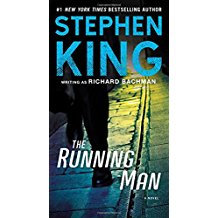
In 1987, the novel became a movie starring Arnold Schwartenegger. In September 1989, a TV reality show, American Gladiators, premiered that bore some uncanny parallels to The Running Man.
Remember George Orwell’s classic book 1984? He was way off on the dates, but in January 2017, when Trump assumed the presidency, George Orwell’s 1949 novel appeared on the bestseller list. In Orwell’s post-nuclear dystopian state, everything was monitored by an interconnected web of security cameras. In the 21st century, video surveillance is a part of everyday life, and individuals can be tracked through GPS.
These examples are just a small cross section of science fiction novels that presaged the future. Did these writers, through their creative endeavors, dive into the archetypal well of ideas where time doesn’t exist? When novelists are plugged into their stories and characters, they envision the inventions, gadgets, society and government they describe. To write with such specificity, your imagination is jammed into high gear and you have to see what you’re describing.
Are we, through our creative endeavors, able to dive into the archetypal well of ideas where time does not exist?







